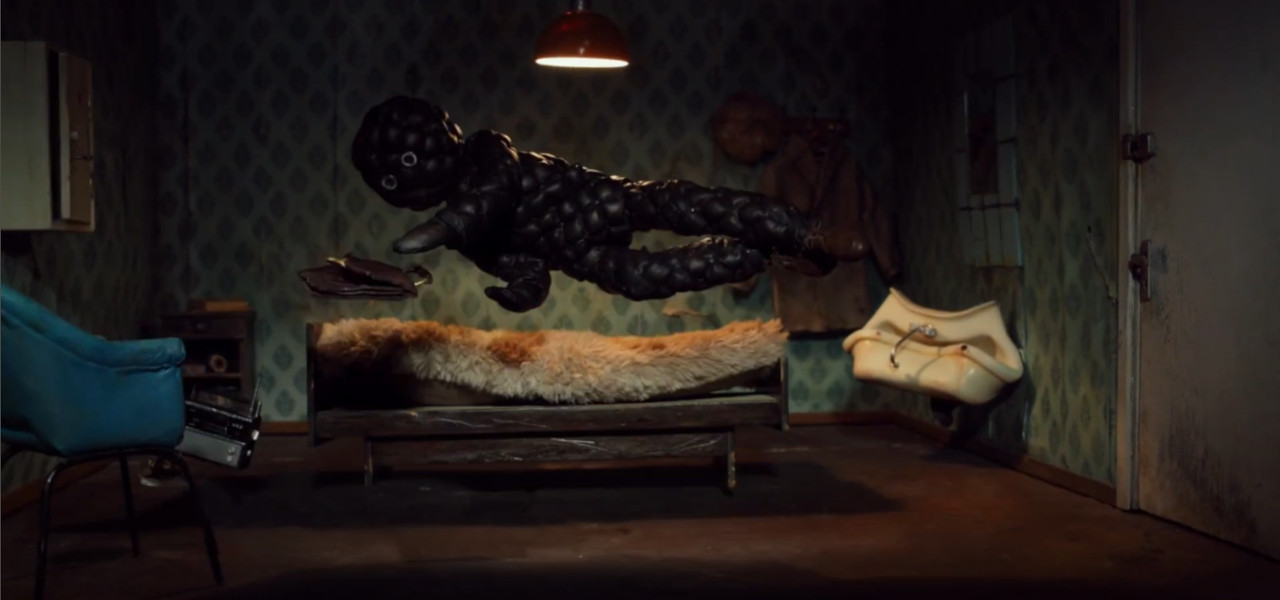

Oscar Shortlist Interviews: Director Priit Tender Shares His Favorite Shot From ‘Dog Apartment’ (Exclusive)
We invited the filmmakers behind each of this year’s 15 Oscar-shortlisted animated shorts to share their favorite shot from their film and explain why it’s special to them. The pieces are being published in the order that materials were received. Nomination voting begins today, January 11, and runs through January 16.
In this piece, Estonian animator Priit Tender discusses his stop-motion short Dog Apartment (Koerkorter), which competed at numerous top international animation festivals including Annecy, Zagreb, and Stuttgart, winning the Grand Prix at the latter.
Dog Apartment is an absurdist story about an aging ballet dancer named Sergei who has been exiled to a suburban kolkhoz, a soviet-era collective farming community, where he his tremendous talent is wasted in favor of mundane routines.
Below, Tender shares his favorite scene from the short and tell us its significance:
I was intrigued by the idea of building a room where solid objects like the floor and the walls become elastic. Something that 2d animation refers to as “squash and stretch.” To do it in stop motion was an experiment with an unpredictable outcome. It took a while to build all the elements and test them in motion, but seeing the final result was mesmerizing not only for me but for the whole team working on it. Animation professionals suspect some cgi tricks behind the shot, but I swear it’s all pure handicraft, only the animation rigs were later removed digitally.
Some people who watch the scene on the big screen feel nausea as the solid space suddenly becomes liquidlike and it affects their sense of gravity. An ordinary-looking living room that behaves like a dog makes us also question our understanding of reality. I once showed the scene to a French bulldog, and he started to bark fiercely. It’s possible that he had some aesthetic problems with the Soviet interior design, but I suspect that he just saw an enemy there – a rival dog.
It was an emotional journey to design and build that shot. Most of the people working on it had some personal memories of similar trashy-looking communal apartments. It was like a therapy – every miniature model of the soviet past triggered some personal stories of how repressive yet absurd that system was. Assembling all the elements together into one shot was an empowering experience. One feels like a giant, taking an eagle’s look at your own childhood. I think it enables one to have a healthy laugh at it.
Read the other entries in the series:
- John Musker on I’m Hip
- Flóra Anna Buda on 27
- Tal Kantor on Letter To a Pig
- Dave Mullins on War is Over!
- Bret Parker on Pete
- Yegane Moghaddam on Our Uniform
- Karni Arieli and Saul Freed on Wild Summon
- Rita Basulto on Humo
- Jared and Jerusha Hess on Ninety-Five Senses
- Stephen Vuillemin on A Kind Of Testament
- Gabriel Augerai, Romain Augier, and Yannick Jacquin on Boom
- Stéphanie Clément on Pachyderme
- Lucija Mrzljak and Morten Tšinakov on Eeva
- Dan Abraham and Trent Correy on Once Upon a Studio

